Rising Cybersecurity Threats
The increasing frequency and sophistication of cyberattacks is a primary driver for the passive authentication market. Organizations are compelled to adopt advanced security measures to protect sensitive data. In 2025, it is estimated that cybercrime will cost businesses globally over $10 trillion annually. This alarming trend highlights the necessity for robust authentication solutions that can seamlessly integrate into existing systems. The passive authentication market is likely to see heightened demand as companies seek to mitigate risks associated with unauthorized access. As organizations prioritize cybersecurity, investments in passive authentication technologies are expected to rise, potentially leading to a market growth rate of 20% annually. This focus on security not only protects assets but also enhances customer trust, which is crucial in today's digital landscape.
Increased Mobile Device Usage
The proliferation of mobile devices has transformed how individuals access services and information. As of 2025, over 80% of internet users in the US are expected to access the web via mobile devices. This shift necessitates the implementation of authentication methods that do not disrupt user experience. The passive authentication market is poised to benefit from this trend, as solutions that allow for seamless access without manual input are increasingly favored. Companies are likely to invest in technologies that leverage behavioral biometrics and contextual data to authenticate users passively. This approach not only enhances security but also aligns with user expectations for convenience. The market could witness a growth trajectory of approximately 15% as organizations adapt to the mobile-first paradigm.
Demand for Seamless User Experiences
In an era where user experience is paramount, the passive authentication market is experiencing a surge in interest. Consumers increasingly expect frictionless interactions with digital platforms. Research indicates that 70% of users abandon applications due to poor authentication processes. This trend compels businesses to explore passive authentication solutions that streamline access while maintaining security. The passive authentication market is likely to see innovations that focus on minimizing user effort, such as continuous authentication methods that operate in the background. As organizations recognize the importance of user satisfaction, investments in these technologies are projected to increase, potentially driving market growth by 18% over the next few years. Enhancing user experience through passive authentication not only retains customers but also fosters brand loyalty.
Advancements in Technology and Innovation
Technological advancements are driving innovation within the passive authentication market. The integration of machine learning and artificial intelligence into authentication processes is becoming increasingly prevalent. These technologies enable systems to analyze user behavior and adapt authentication methods accordingly. As of 2025, it is anticipated that the market will witness a surge in solutions that utilize advanced algorithms for real-time risk assessment. The passive authentication market is likely to benefit from these innovations, as organizations seek to enhance security while minimizing user friction. This trend may lead to a projected market growth of 25% as businesses adopt cutting-edge technologies to stay competitive. The continuous evolution of technology is reshaping the authentication landscape, making it more efficient and secure.
Regulatory Pressures and Compliance Needs
The landscape of data protection regulations is evolving, with increasing scrutiny on how organizations manage user data. In 2025, compliance with regulations such as the CCPA and GDPR remains a critical concern for businesses. The passive authentication market is likely to see growth as companies seek solutions that not only enhance security but also ensure compliance with these regulations. Organizations are expected to invest in technologies that provide transparent and secure authentication processes, reducing the risk of data breaches and associated penalties. The market could experience a growth rate of 12% as businesses prioritize compliance alongside security. This dual focus on regulatory adherence and user protection is shaping the future of authentication solutions.


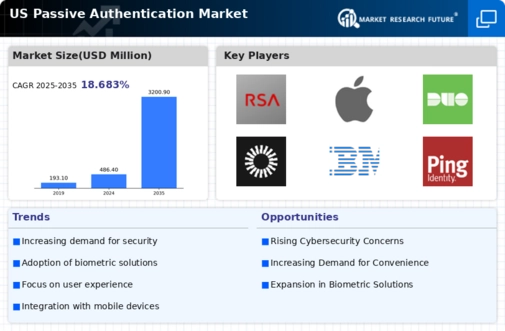
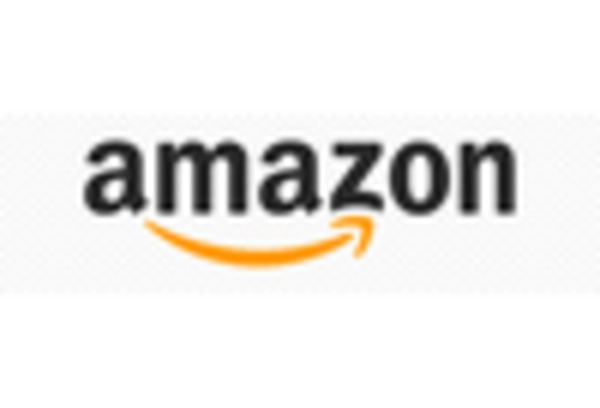
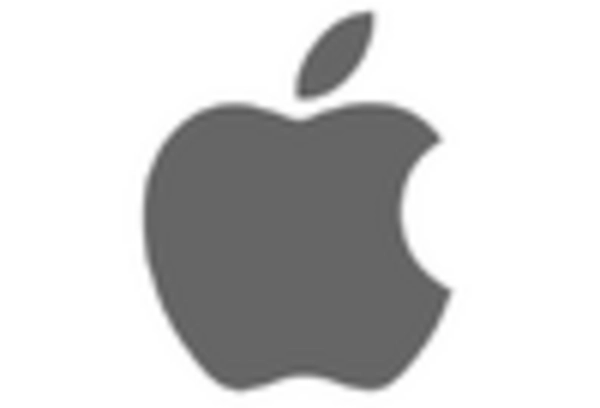
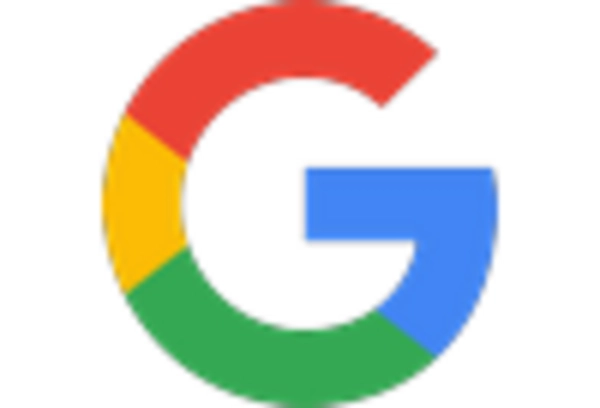
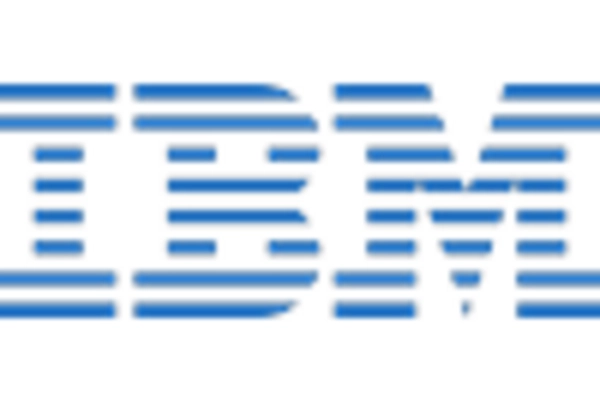
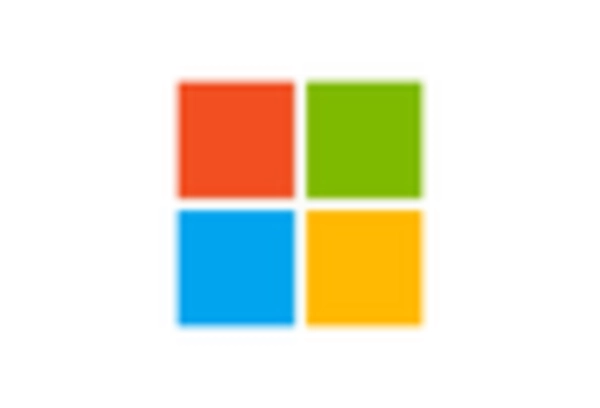
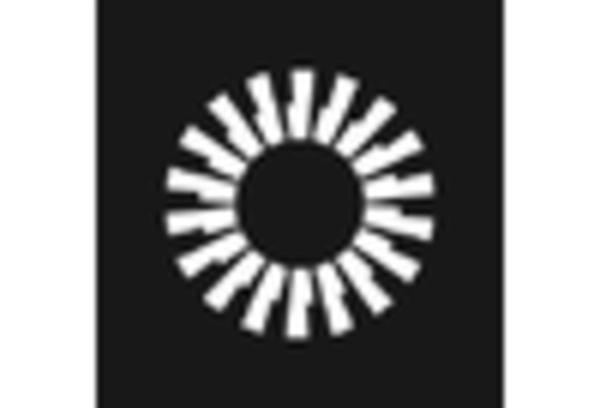








Leave a Comment